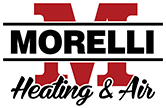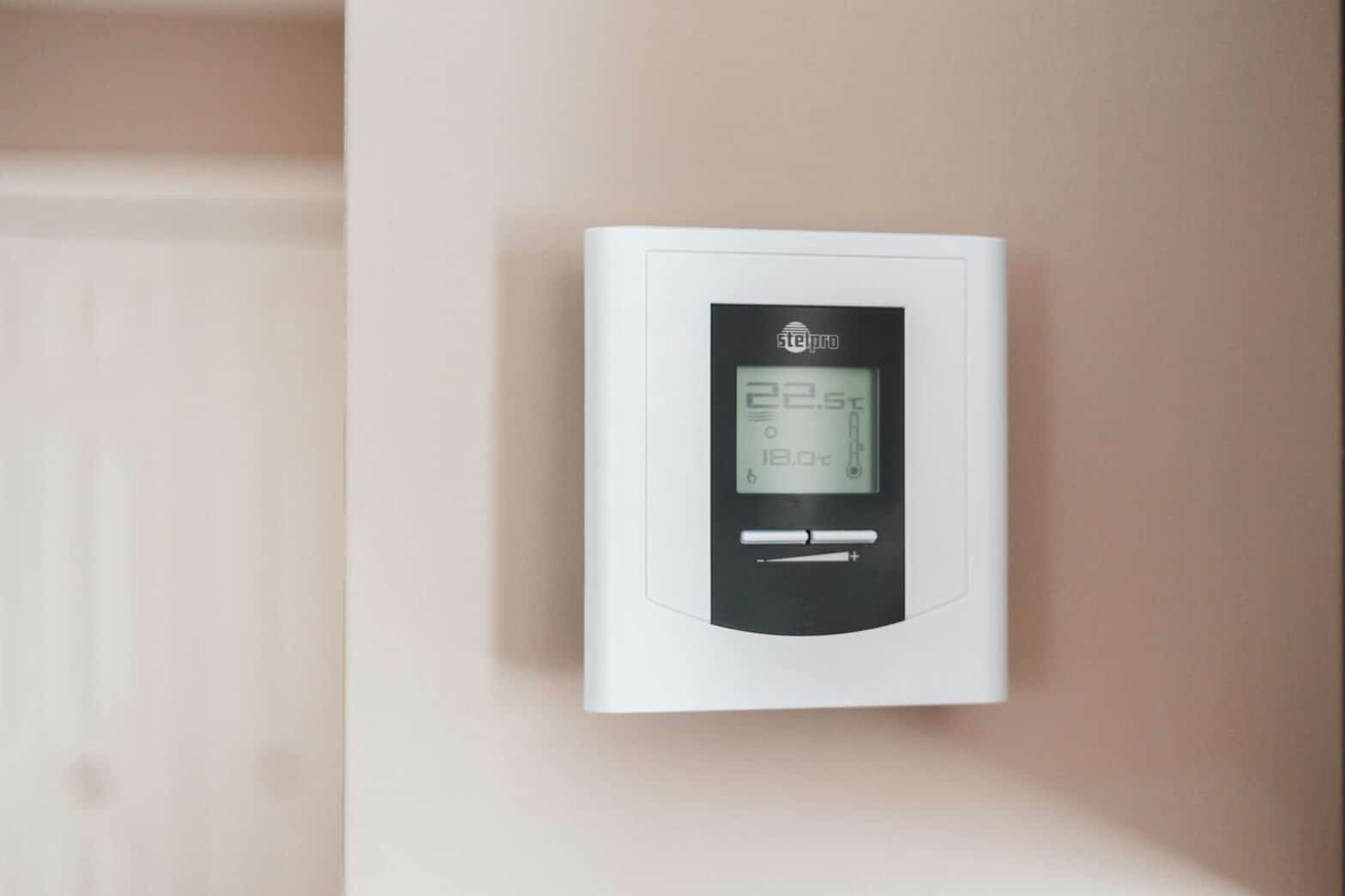Your thermostat is the control panel of your home’s climate, dictating the ebb and flow of comfort through your HVAC system. It’s the unsung hero of cozy winters and cool summers – until it stops working. When your trusted thermostat fails, it can lead to temperatures being out of whack and energy bills that are far from comforting. This guide is dedicated to unraveling the mystery behind thermostat malfunctions and providing you with the knowledge to troubleshoot and potentially fix the issue.
The Vital Role of Your Thermostat
Your thermostat does more than just change the numbers on your temperature gauge. It’s a precision instrument designed to maintain the ideal level of comfort while optimizing energy consumption. When this small yet mighty device malfunctions, it can lead to issues such as uneven heating, cooling failures, and in the worst cases, system damage.
Common Thermostat Woes
Understanding the more common reasons why your thermostat may be on the fritz can save you energy, and potentially, a service call to a professional. Here are some issues that might be the culprit:
Incorrect Settings
Sometimes the simplest solution is the most overlooked. Human error can set in, causing us to create problems without realizing it. Your thermostat might appear broken, but it could simply be set to the wrong mode, with programmed temperatures interfering with manual adjustments.
Power Source Problems
Your thermostat can’t effectively control your heating or cooling when it doesn’t have power. Whether it’s an issue with the circuit breaker, loose wiring, or an aging battery, if your thermostat is off, it’s virtually useless.
Dirty or Faulty Components
Thermostats have several small components, such as sensors, wiring, and other internal mechanisms. Over time, dust, corrosion, or simple wear and tear can cause these components to become less effective, leading to erratic behavior or a complete shutdown.
DIY Troubleshooting: The First Line of Defense
Before you call in a professional, there are several steps you can take to troubleshoot a malfunctioning thermostat. Remember, safety first: always turn off the power to your HVAC system before inspecting or working on your thermostat.
Checking the Power Source
Begin by ensuring that your thermostat has power. Check your circuit breaker to see if the HVAC system’s switch has been tripped. If it has, simply reset it. For battery-powered units, a fresh set of batteries may be all your thermostat needs to spring back to life.
Adjusting the Settings
Review your thermostat’s settings to ensure they’re programmed correctly. If you’re not using a programmable model, a member of the household may have inadvertently changed the temperatures. Ensure the cooling or heating system is switched on and set to the appropriate mode.
Inspecting and Cleaning Components
Dust and dirt are the enemies of all things mechanical. Carefully open your thermostat – the method may differ based on the model, so consult the manual. Clean any visible corrosion, dust, or debris from the contacts and wires. If you notice wires that are loose or disconnected, this could be the issue. Secure connections and tighten screws, but do so gently to avoid damaging the unit.
When to Call a Professional
Don’t get too comfortable playing the part of your home’s HVAC technician. There are warning signs that should prompt you to call in a pro:
Wiring Issues
If you’re not comfortable identifying and fixing wiring issues, leave it to an expert. They have the knowledge and expertise to handle delicate electrical systems without causing further problems.
System-Wide Failures
If your entire HVAC system isn’t working and a power reset doesn’t fix the issue, there could be a complex problem that spans beyond your thermostat. A professional technician can assess the system holistically to diagnose and repair the issue.
Age and Condition
If your thermostat is an older model and has never been serviced, it might simply be reaching the end of its usable lifespan. Upgrading to a new, more energy-efficient model could bring numerous benefits, including better control over your home’s climate and reduced energy costs.
The Significance of a Functional Thermostat
Your thermostat holds the key to your home’s overall climate and influences the comfort of your family. Regular maintenance checks, such as battery replacement and simple cleaning, can prevent a significant number of issues. However, recognizing when to call for professional help is equally vital to avoid worsening the problem and infringing on the integrity of your home’s HVAC system. Remember, a little bit of preventative care goes a long way, and by understanding the basics, you can keep your home running smoothly even as the seasons change.
Don’t be left out in the cold (or the heat!): Keep your thermostat in tip-top shape for efficient control over your home environment. With these common issues and DIY fixes in mind, you can approach thermostat maintenance with confidence and keep the cool air flowing when it’s needed most.









Excellent! Please Rate us 5-stars
...and leave a helpful review.
Would you recommend Morelli Heating and Air?